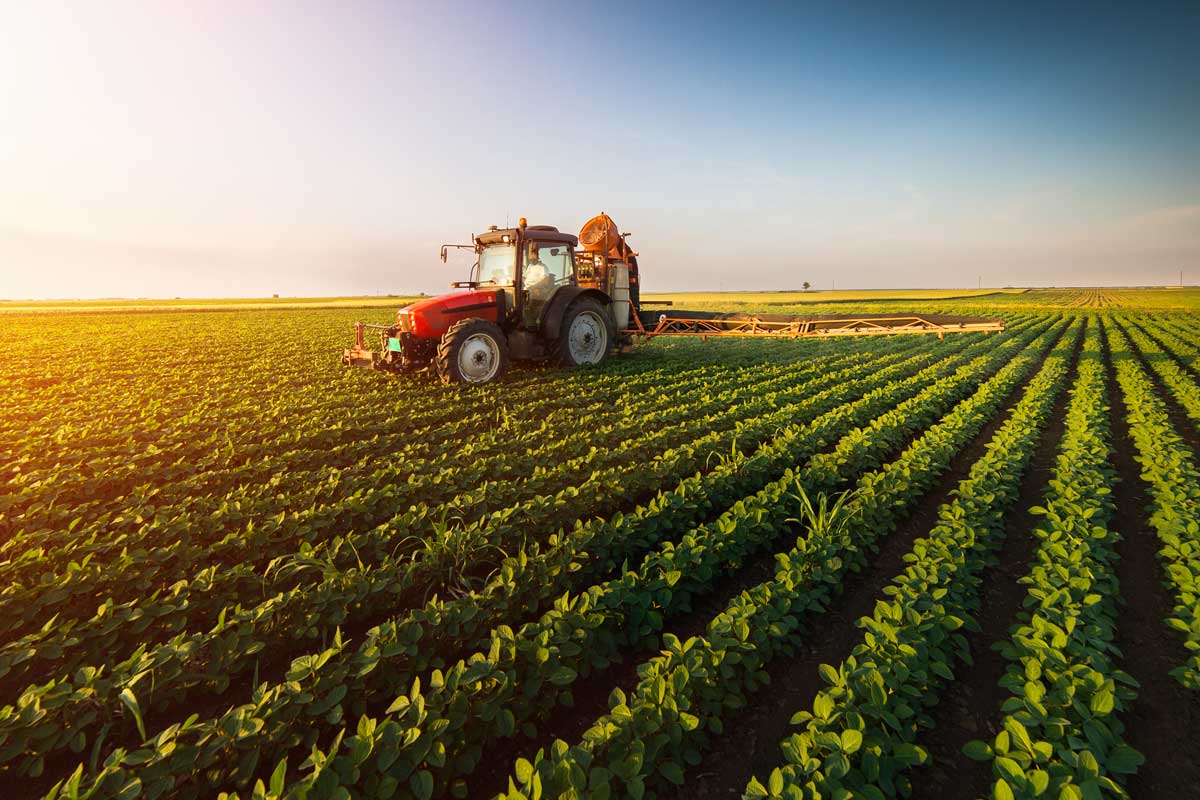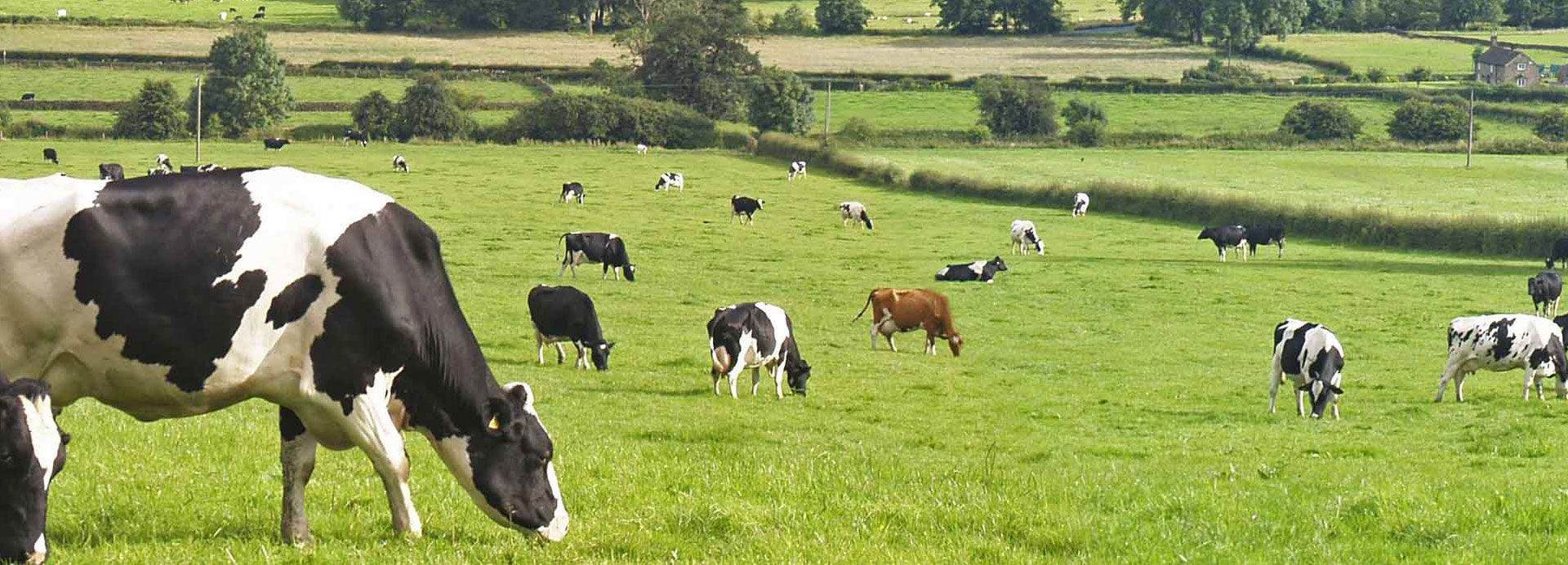
Animal and Crops Farming
Animal and Crops Farming combines the cultivation of crops with the rearing of animals to create a sustainable and integrated agricultural system. By growing crops such as grains, vegetables, or fruits alongside raising animals like poultry, cattle, or sheep, this method promotes efficient resource use. Crops provide feed for animals, while animals contribute manure that enriches soil fertility, ensuring a harmonious cycle that supports productivity and environmental health.
This approach also diversifies income sources for farmers, reducing risks associated with market fluctuations or environmental challenges. Animal and Crops Farming fosters food security by producing both plant-based and animal-based products, meeting the dietary and economic needs of communities. Its versatility makes it suitable for small-scale family farms as well as large agricultural enterprises, adapting easily to different climates and regions.
Why Ensign Farming Succeeds
At Ensign, we leverage innovative farming techniques and sustainable practices to deliver nutritious food, support local economies, and contribute to global agricultural development.

Ensign farms cocoa for its high demand in chocolate production, providing significant export opportunities. By supporting sustainable practices, it boosts local farmers’ livelihoods and helps improve soil fertility.
Ensign farms rice to address food security and capitalize on its steady demand. By cultivating rice sustainably, the farm provides nutritious food and strengthens local economies, ensuring food self-sufficiency and export growth.
Ensign farms a variety of animals, including cattle, poultry, goats, and sheep. Cattle provide milk and meat, while poultry offers eggs and meat. Goats supply milk, meat, and fiber, and sheep provide wool and meat. These animals contribute to sustainable farming, enhancing food security and community livelihoods.
